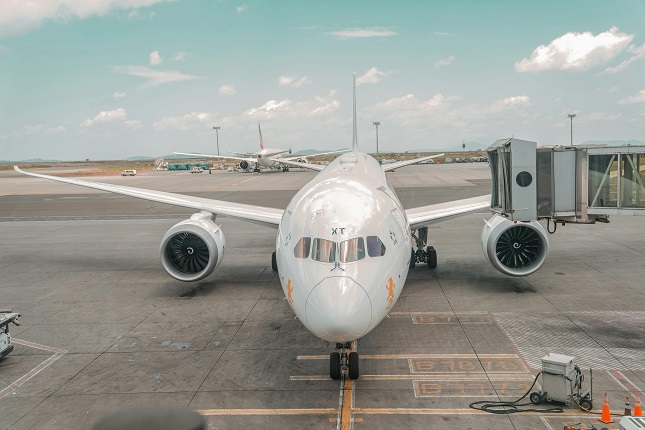Traveling through South America is often a dynamic, spontaneous experience. Whether you’re following the surf along the Chilean coast, chasing wildlife in the Amazon, or hopping between colonial cities, plans can — and often do — change. Flights get rescheduled, border crossings take longer than expected, or you discover a new destination you hadn’t planned for. In moments like these, having flexible travel insurance South America coverage can make all the difference.
Here’s how a solid travel insurance policy can support you when things don’t go according to plan — and why it should be part of every U.S. traveler’s checklist when heading to South America.
Coverage for itinerary changes and missed connections
Let’s say you booked a domestic flight in Argentina to explore Patagonia, but your international flight into Buenos Aires arrives late, and you miss your connection. Without insurance, that’s money lost and time wasted. With the right policy, you can get reimbursed for that missed leg of your trip — and often receive assistance in booking an alternative.
Many policies also cover delays caused by natural events, strikes, or weather conditions — common occurrences in regions with changing climates or limited infrastructure.
Support for cancellations and unused bookings
In South America, many adventure activities or accommodations require prepayment. Whether you booked a glacier hike, a jungle lodge, or a ferry through Lake Titicaca, canceling last minute could cost you hundreds of dollars. Travel insurance can help recover those costs if your plans change for a covered reason, even after you’ve already started your trip.
Some plans even include partial reimbursement for unused portions of your itinerary — especially helpful if you need to return early or skip a destination unexpectedly.
Assistance with rebooking and local logistics
One of the most underrated features of high-quality travel insurance South America is real-time logistical support. Need to rebook a canceled bus in Bolivia? Looking for alternative accommodation in Medellín because your hotel overbooked? Many insurance providers offer 24/7 multilingual support via app or phone, helping you manage those hiccups while you’re on the move.
This kind of assistance is invaluable in countries where language barriers or limited connectivity can turn a simple change into a complicated process.
Flexible coverage for multi-country travel
Plans change — especially when exploring multiple countries. You might decide to add a stop in Uruguay after Argentina, or cross from Peru into Bolivia by land. A regional insurance policy built for South America should allow for border-crossing flexibility without requiring a new contract every time you enter a different country.
Before purchasing, make sure your policy covers all the countries you might visit — even if they’re just a “maybe” in your itinerary. That way, you stay protected, even if inspiration strikes mid-trip.
Extra help with transportation interruptions
Changing plans often means changing transportation — and that brings its own risks. Whether your new flight is delayed or your bus gets canceled, insurance can help you recover unexpected expenses, like a last-minute hotel stay or a new ticket.
This is especially relevant in regions with limited flight availability or irregular road travel, like the Atacama Desert or the Andes. Instead of absorbing all the extra costs, you can rely on your insurance to step in.
Baggage flexibility when your route changes
Shifting routes may mean changing airlines or using different types of transport. If your luggage gets misrouted or delayed, especially during unplanned legs of your journey, insurance that includes baggage protection can soften the blow. Some policies also cover emergency purchases — like clothing or gear — while you wait for your bags to arrive.
That’s a bonus when you need specific items for excursions, such as hiking shoes, warm layers, or waterproof gear.







































